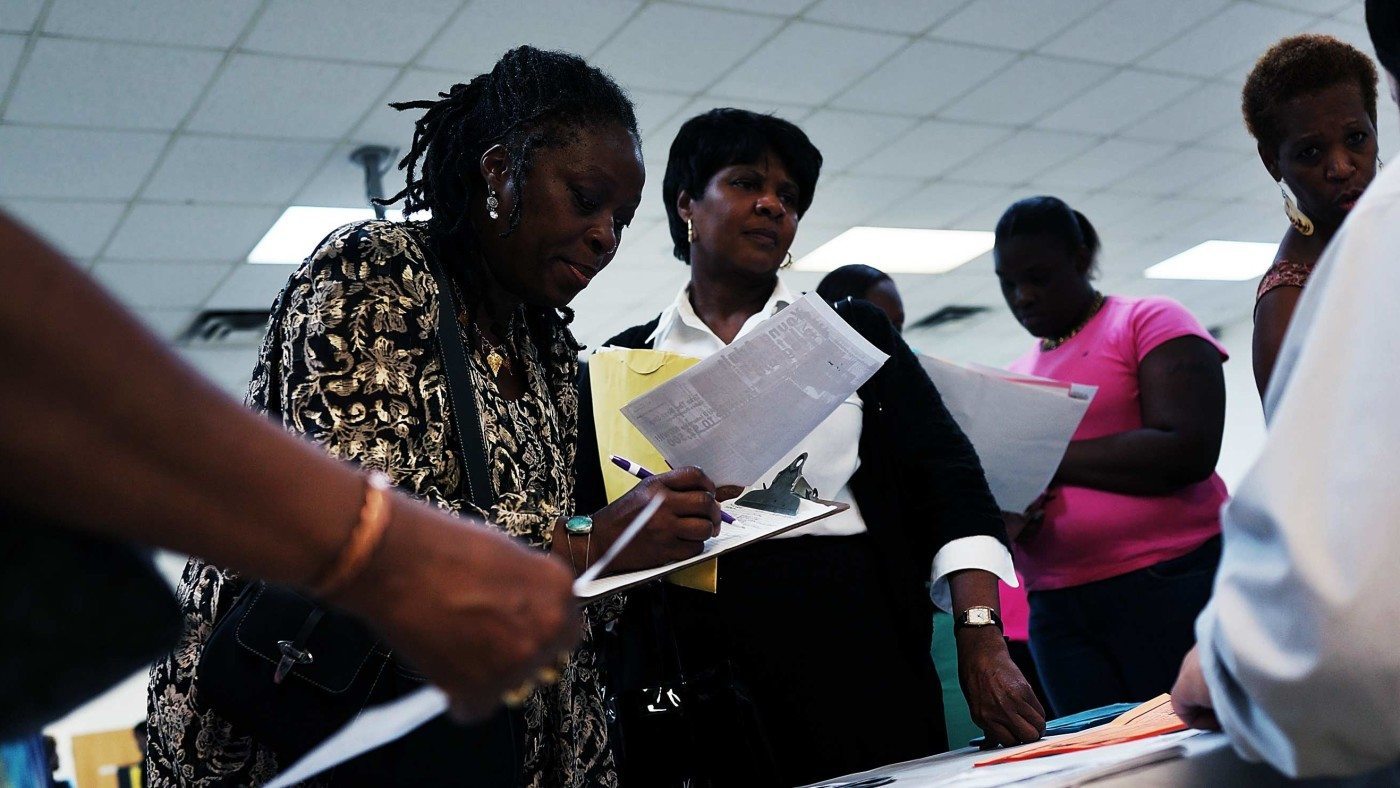Pay equity and the so-called “wage gap” continues to be a core issue for progressive feminists and the Democratic Party. That’s why President Obama recently set new rules requiring large companies to report salaries based on race, gender and ethnicity. This will then allow the Equal Employment Opportunity Commission to aggressively target companies they perceive as discriminating. The new standards will not only make the workplace less hospitable, but it is also a gross overreach of federal power.
It’s understandable that women might be concerned about the so-called “gender wage gap” – the idea that women are only paid 79 cents for every dollar a man is paid. Women today earn more degrees than men and are contributing a great deal to the workplace, so it’s reasonable that they want to ensure they are being paid fairly. But simply repeating this faulty statistic doesn’t make it true. The reality is that if you control for any number of factors that go into determining an individual’s salary (from education to experience to time spent at the workplace) the wage gap shrinks to about 4-6 cents. (You can get caught up on facts about the wage gap here.)
Still it’s true that a small wage gap persists – some of which might be explained by discrimination. Although there are other, more likely theories about what else explains this small difference in pay – from the fact that women choose to take more time out of the workforce to have families and that women are less likely than men to negotiate their salaries. And that’s precisely why we ought to put the brakes on the Obama Administration’s new rule.
The White House justifies this overreach by suggesting additional information from businesses will help Washington weed out bad employers and ensure comparable workers are being paid fairly. But the reality is that the small pay disparity between men and women is not the result of widespread institutional gender bias. And requiring businesses to record and deliver this data will simply be a burden on business that ignores the tradeoffs individual workers are willing to make, leading to less flexibility and customization in the workplace for men and women.
Research IWF conducted last summer called What Women Want in the Workplace shows that, not surprisingly, women want and need very different things – mothers tend to be flexibility maximizers, while non-mothers tend to be salary maximizers. In fact we learned that additional flexibility – in the form of flexible work hours, telecommuting, and reduced hours – is roughly equivalent to offering a woman 10 paid vacation and sick days, or between $5,000 and $10,000 in additional salary.
These new government rules, however, will limit an employer’s freedom to tailor such salary-benefit arrangements. Many businesses will worry that if they make any special accommodations for an employee bureaucrats in Washington will view it as discrimination. And ultimately workplaces will be forced to standardize their wages and salaries.
The bottom line: Workers – and women in particular – are often willing to make tradeoffs. Some women will choose to maximize their pay while other women will be happy to exchange higher salaries for more flexibility. What’s most important is that women (and men) have the freedom to make the choices that serve them best in the workplace and at home. Instead, Washington is getting in the way.
The government’s goal ought to be to giving women and men equal opportunities to pursue their vision of happiness – not fixating on creating equal outcomes.


